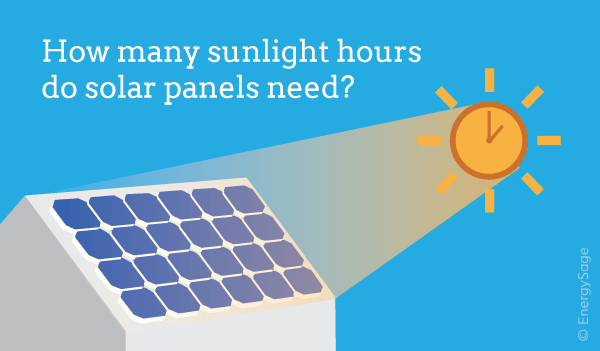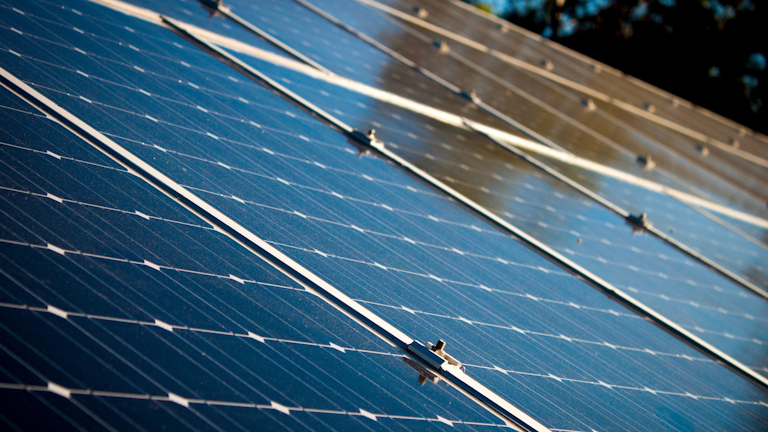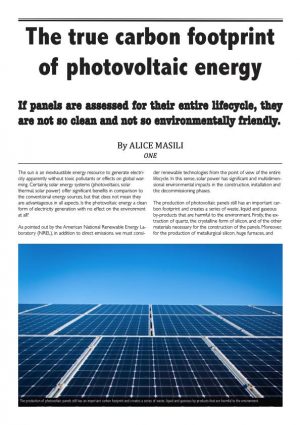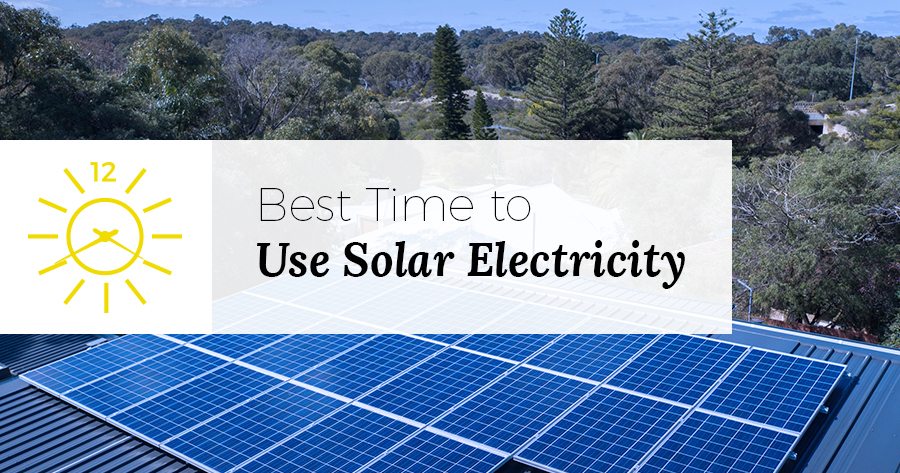There is an alphabet soup of acronyms and buzzwords being floated around about improvements in technology coming down the pipeline.
How to make solar panels more efficient scholar.
For perspective silicon solar cells have a record efficiency of 25 6.
Using two light absorbing materials in tandem pushes the theoretical limit to 46 efficiency.
The efficiency of a photovoltaic panel is measured under standard.
The team created a device that improves the efficiency of solar panels by using wavelengths of light that normally are wasted because they cannot be captured by conventional photovoltaic cells.
There are a few ways scientists are using to make solar cells more efficient.
To push the efficiency higher one of the best options is to make tandem solar cells that is cells that use multiple light absorbing materials.
Using one light absorbing material the theoretical limit is 34 efficiency.
Some of them involve capturing heat some use new semiconductor materials and some use layering of existing materials.
Most photovoltaic cells such as those used in rooftop solar panels use the semiconducting material silicon to convert the energy from photons of light to electricity.
So to derive optimum output from your solar panels make sure they are not kept in shaded areas.
In this new system the sun heats a high temperature material a two layer absorber emitter device placed over the pv cells.
Placing your solar panels in shade is one of the major factors that affect the efficiency of your solar systems.
Mohammed alshayeb started by asking himself what might be done to boost the performance of solar panels.
As you know solar panels need light from the sun for functioning.
Solar panels are made up of many components and there are similarly many opportunities to improve the solar panel manufacturing process.
Manufacturers can make solar panels more efficient in two basic ways.
Improving the solar cells themselves.
Improving the way the cells are placed in the panel.
Do not expect them to work well without providing enough solar energy.
None of them are quite ready for prime time and they all have faults but they all show promise.



























